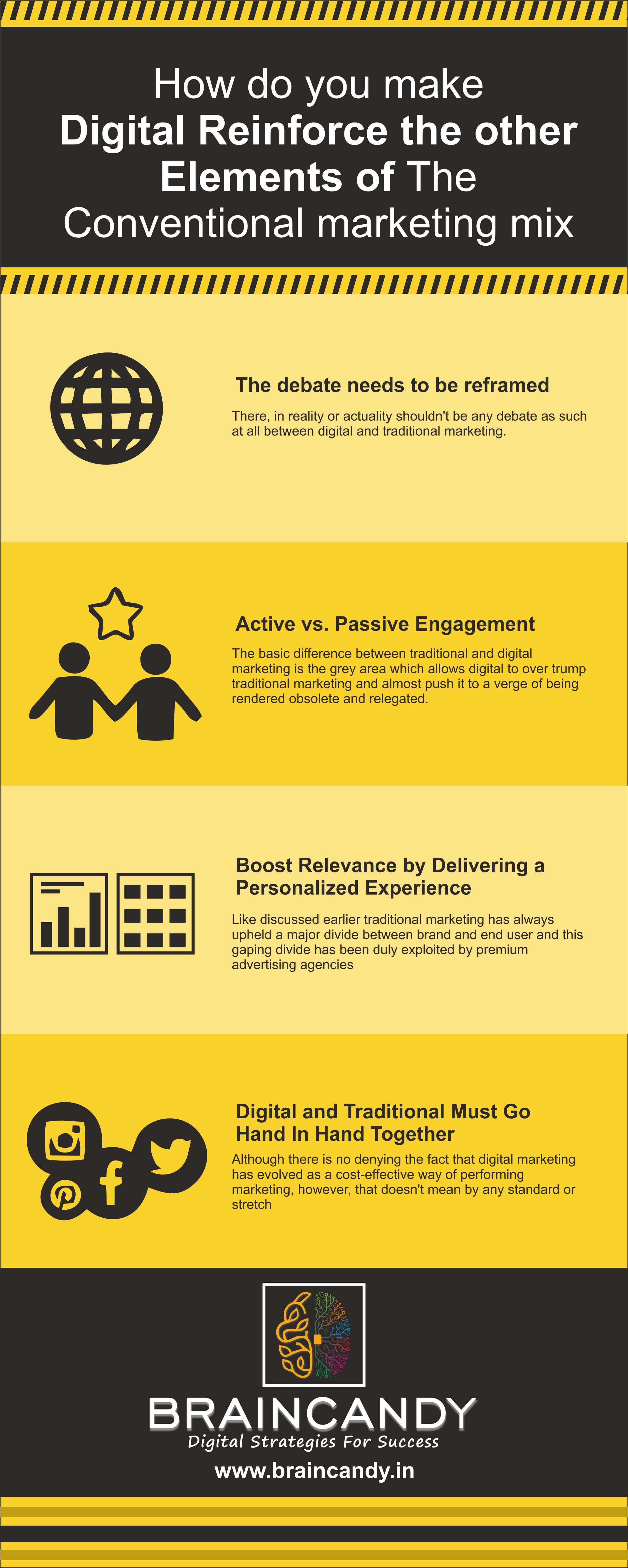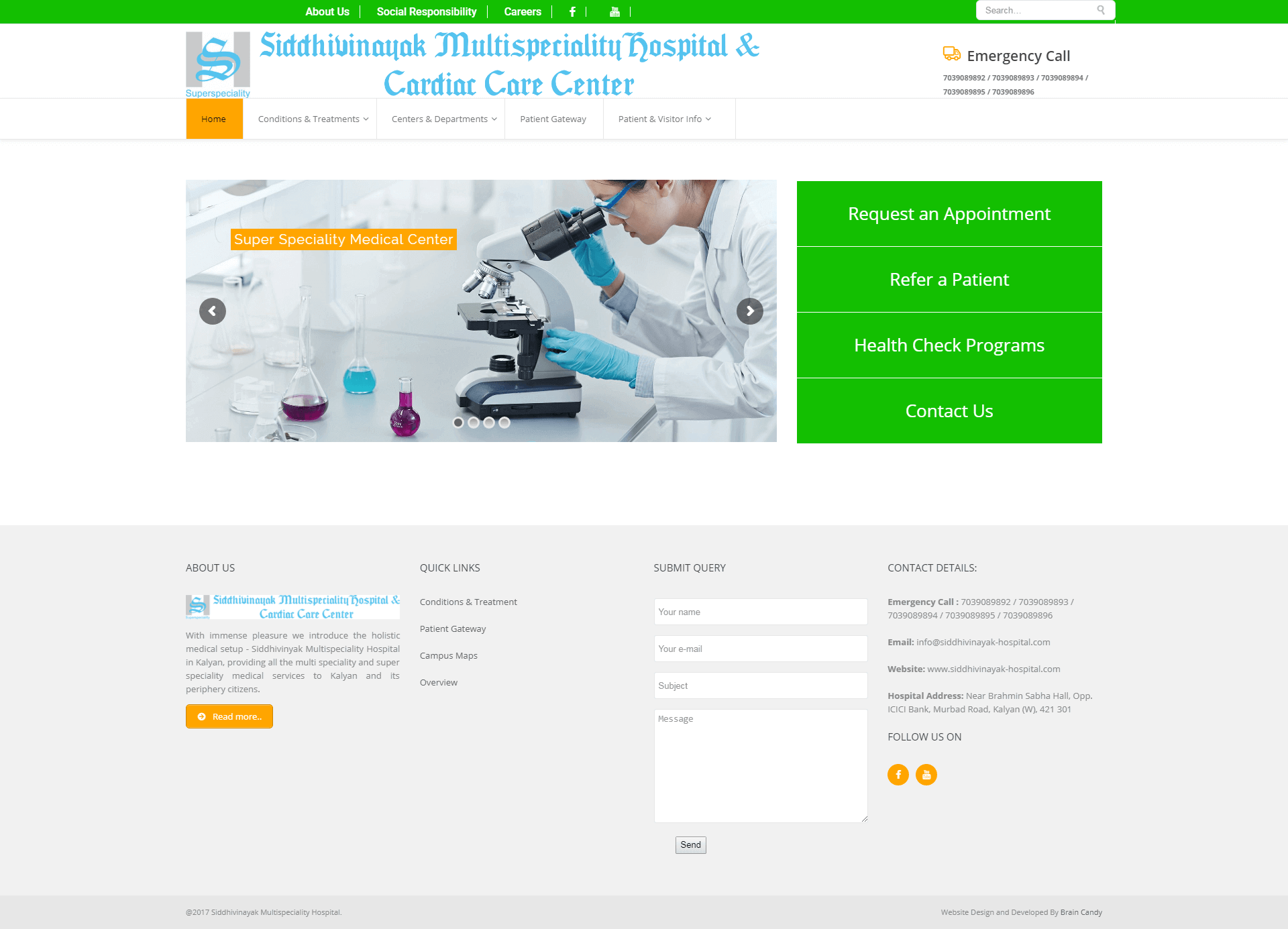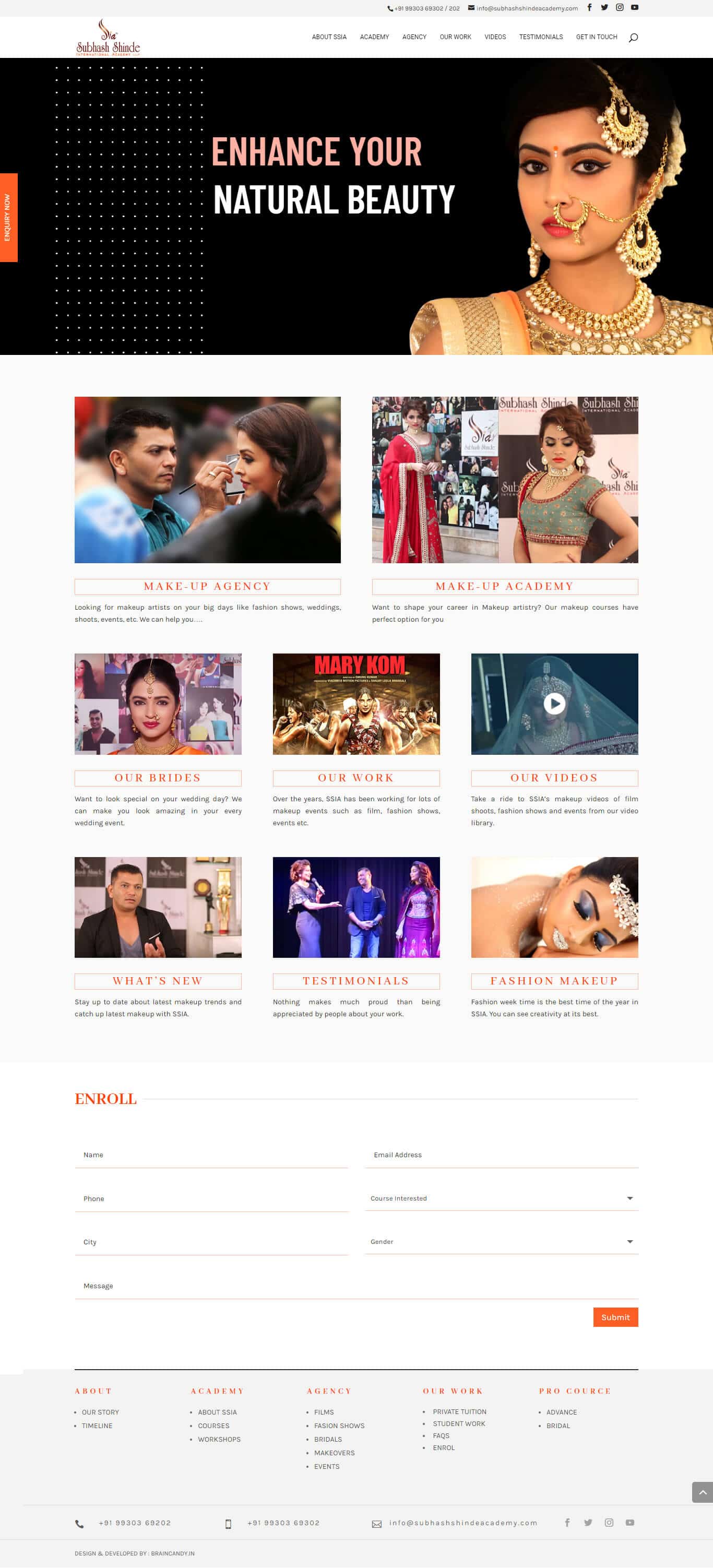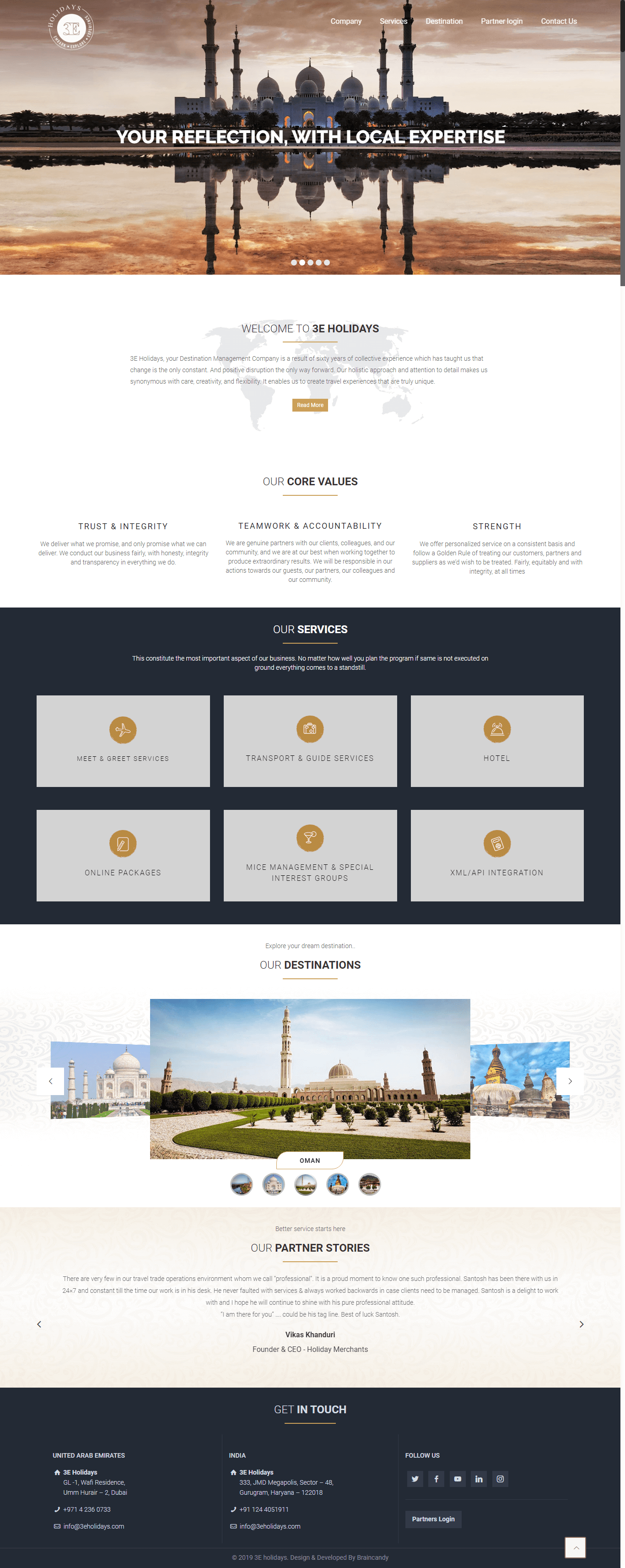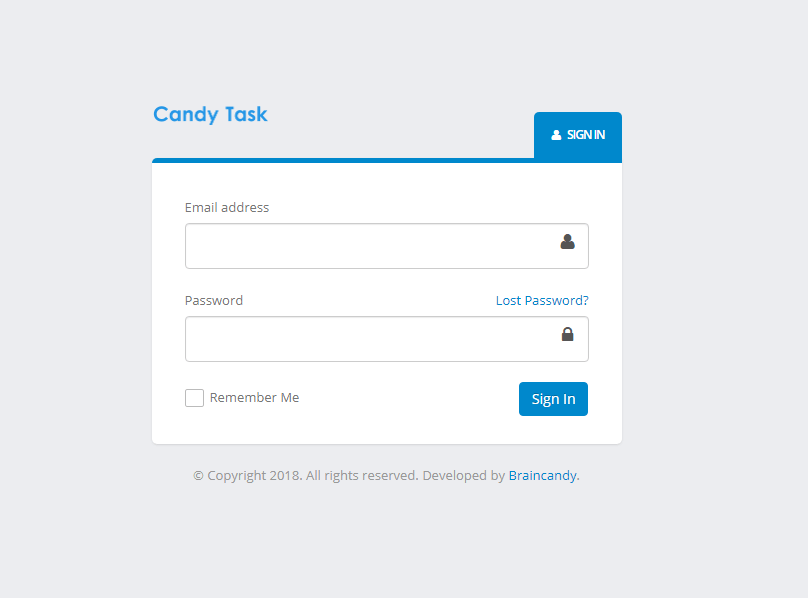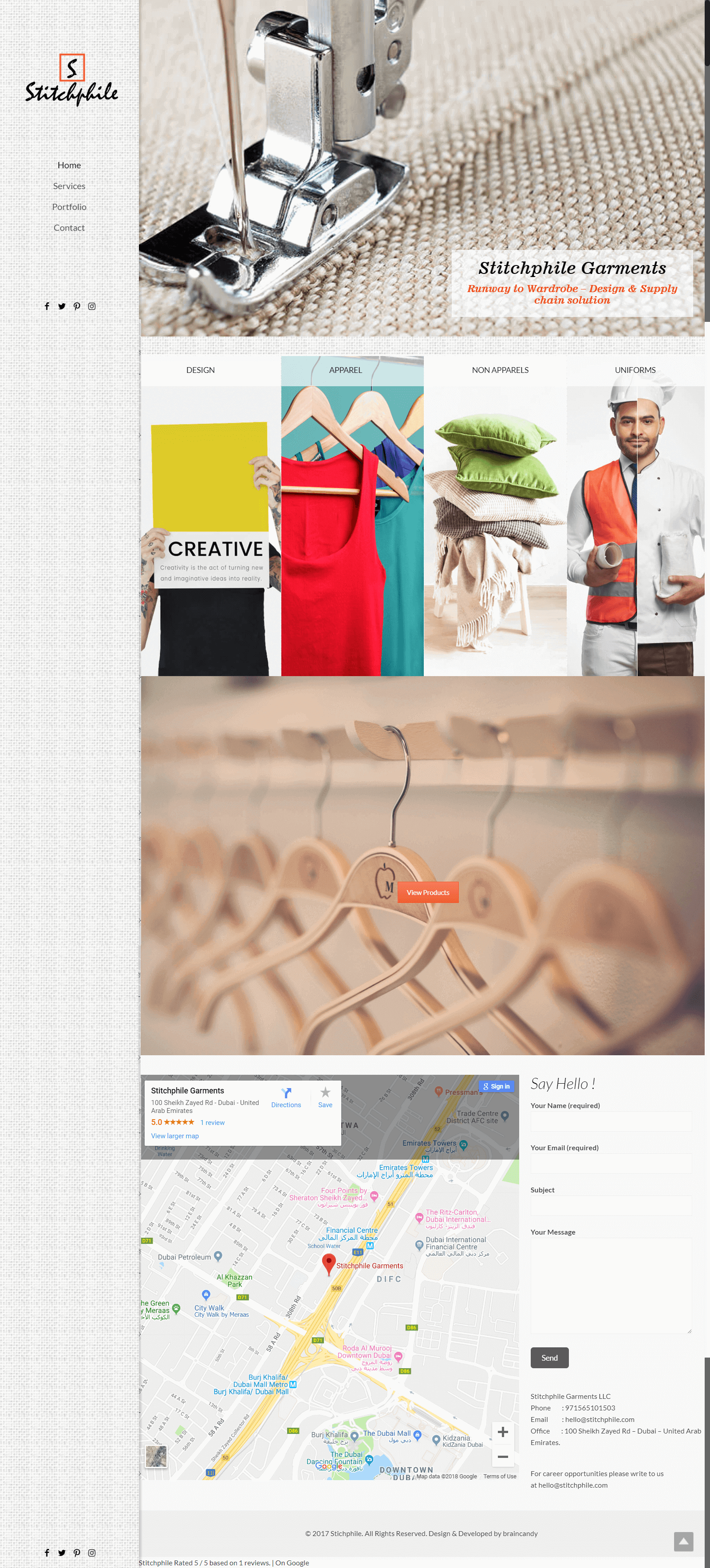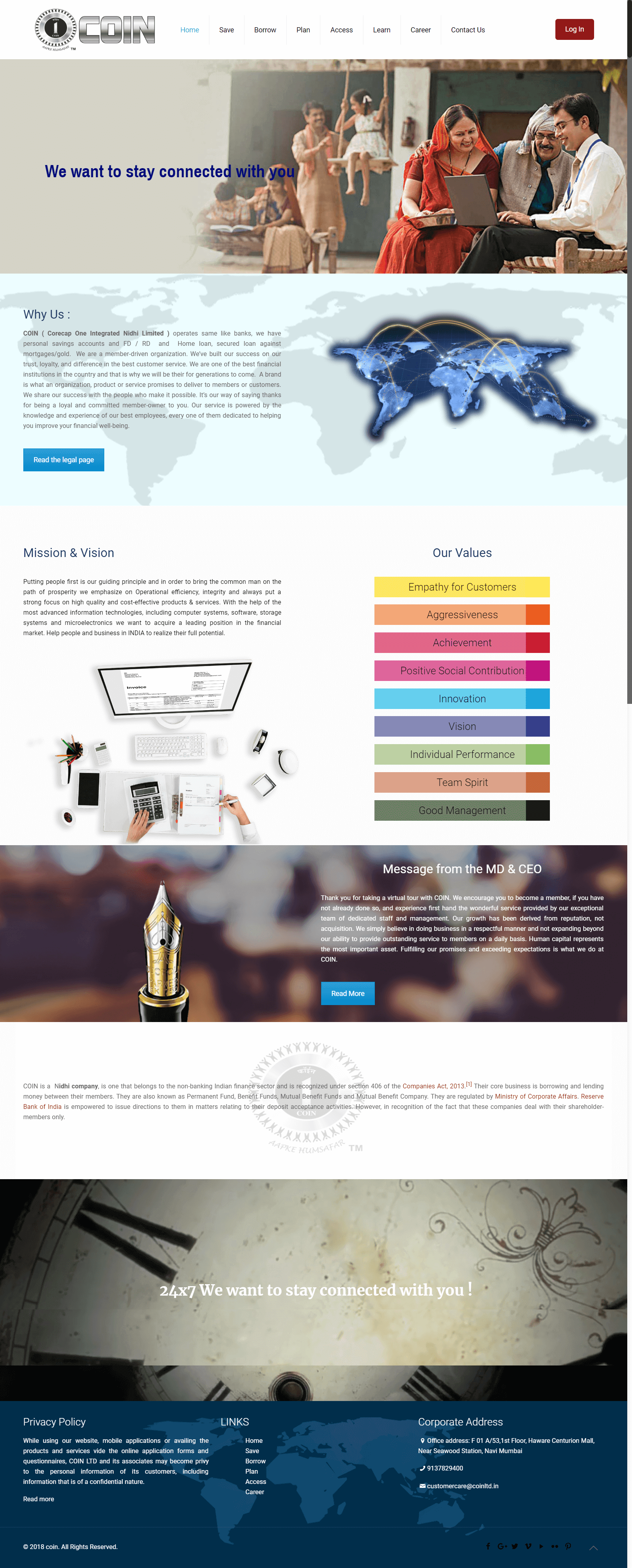- BY braincandy
- POSTED IN Digital Marketing
- WITH 0 COMMENTS
- PERMALINK
- STANDARD POST TYPE
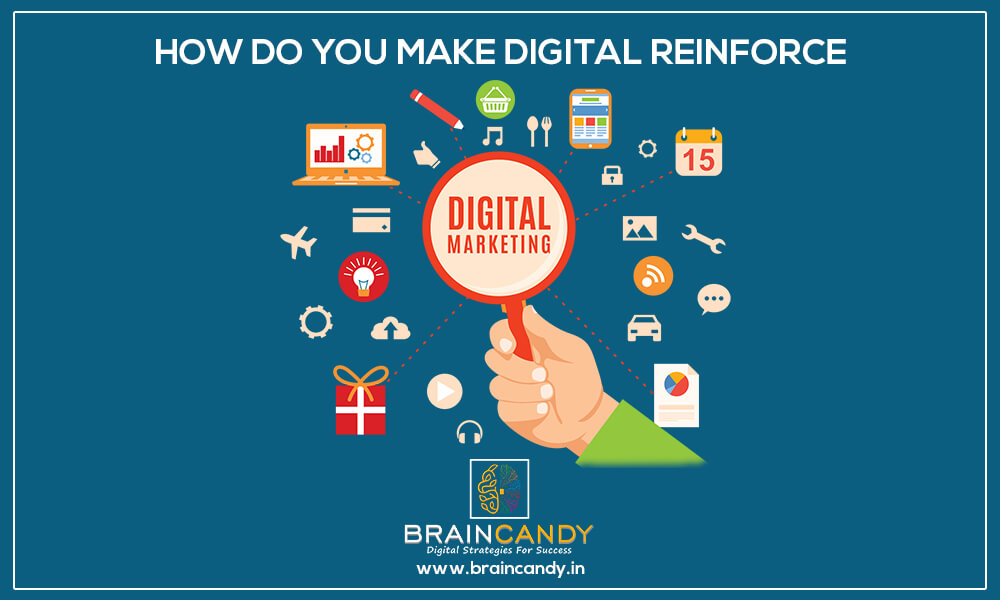

Digital Marketing has made a groundbreaking entry in the world of marketing and its influence has been widespread to say the least. But a decade or 15 years back this digital marketing was simply non-existent and what was there was only the traditional or the conventional form of marketing. So much has been the popularity of digital marketing in the present day context that marketers often overlook completely the traditional or the conventional strategies which are still such an effective way for driving customers and influencing their behavioural pattern. But the matter of the fact is that, the best marketing strategies are those that incorporate a harmonious blend of both digital and traditional (conventional) marketing.
Here are some points to remember for ensuring that a brand or a company does not overlook one of the channels completely and focus solely on the other-
- The debate needs to be reframed- There, in reality or actuality shouldn’t be any debate as such at all between digital and traditional marketing. Instead, what is required is to find a perfect balance in which both can co-exist and at the same time the very best of the both can be harnessed. Traditional marketing can be thought of one which can lead a company or brand reach a large targeted audience. While, digital marketing is that form of marketing that can go on and create long and ever-lasting relationship with customers on a deeper scale. Thus, when both work in tandem, it can do a world of good to a brand or a company and in more ways than one.
- Active vs. Passive Engagement– The basic difference between traditional and digital marketing is the grey area which allows digital to over trump traditional marketing and almost push it to a verge of being rendered obsolete and relegated. While a TV commercial or popular magazine print ad can cater to millions of eyeballs, probably as some outlets may claim, all target audiences but that is where the buck stops. Despite the call to action there is no accurate representation of how many conversions can be attributed to a particular mode or medium of advertisement. The figures represented to the attribution are always a general figure that has been arrived at taking into consideration quite a few generous assumptions. On the other hand digital allows for users to interact with an advertorial. The interactive nature of these digital adverts is a win win situation for both advertiser as well as consumer. While the audience feels that their opinion, view or input is valuable and recorded as individual and original, the advertiser gets an experience of real time statistics that are segregated across various parameters. This piece of information data with minute attention to detail will go long way moving ahead in devising and strategizing future brand campaigns as it reveals a substantial picture of their consumer’s behavioural traits and likes and interests and where they are most likely to be found and what lure is bound to attract them. Thereby this particular campaign not only reaps them rewards of their investment but also secures future spends and gains. Having said that, the most exciting improvisation or reinvention of marketing trends and strategies of the present generation is the strategic stitch of traditional with digital marketing. Seamless integration of advertising campaigns that take the user on a journey from the TV to Digital to real time without losing the brand connect is not only more exciting and engaging for the user but the eventual destination of gratification is magnified to a larger audience which rewards them the true feeling of recognition, thereby giving the brand a personal touch with its end user. For instance, scanning a QR code on a magazine to redeem rewards on a digital outlet for gratification of living the actual experience real time is a 360 degree complex advertising procedure but the dividends that stand to be gained from this exercise are not only rich but manifold in numerous ways. Moreover this is massively cost effective, the best part. Engaging with the end consumer so easily and on such a large scale would be beyond any organisation’s bounds for the simple reason of the amount of effort and investment it would warrant for a projection of not so substantial returns. However with the advent of YouTube, Google and Facebook, the whole advertising game has changed drastically.
- Boost Relevance by Delivering a Personalized Experience– Like discussed earlier traditional marketing has always upheld a major divide between brand and end user and this gaping divide has been duly exploited by premium advertising agencies who have in their endeavours to make a brand famous have done exactly all it takes to keep this divide unbridged. With the advent of Digital Marketing, the consumer and their conveniences became of prime priority and addressing them was what every business house was striving to do. In doing so, the divide between end user and brand was totally negated and removed, what with users being able to communicate and convey their grievances and expectations to the Brand directly. Brands reinvented themselves on their digital outlets as friend philosopher and guide and their outlets as grievance or general redressal systems, thereby saving a major cost on a separate functional grievance addressal system. In giving their fans the feel their opinions are priceless and valuable, they devised a system to collect user information wilfully on their database and thereby saved on a great deal of expenses in database procurement.
Digital and Traditional Must Go Hand In Hand Together– Although there is no denying the fact that digital marketing has evolved as a cost-effective way of performing marketing, however, that doesn’t mean by any standard or stretch of imagination that traditional methods of marketing has to be overlooked for there are many instances where traditional marketing can provide sound traction to your marketing efforts and take your campaign to the next level. At the end of the day, a large part of it depends on what you want to achieve out of your marketing efforts and what are your end goals.
